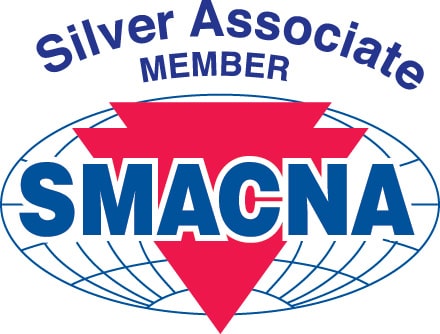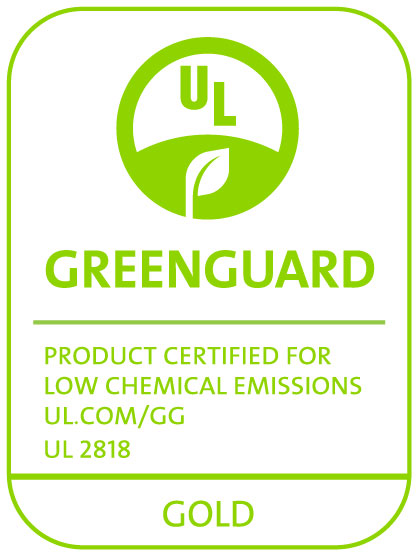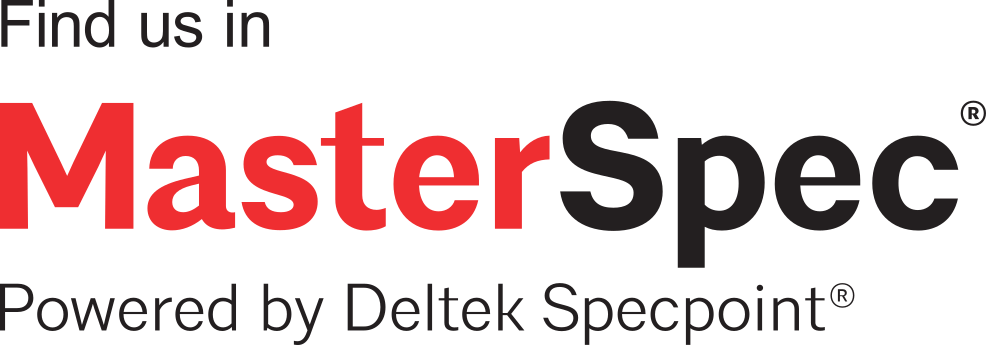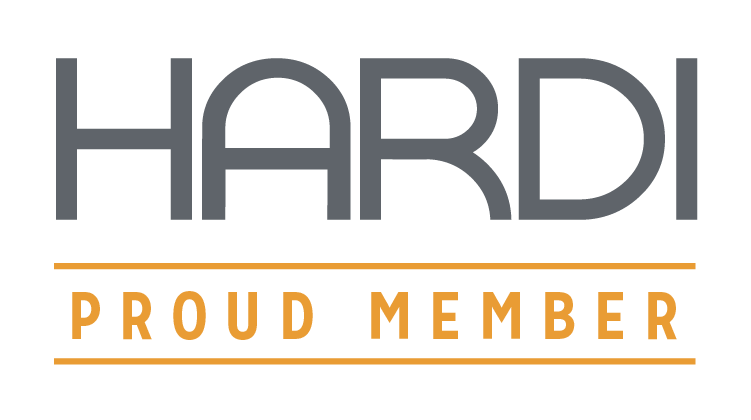Austenitic stainless steel is often specified for high-performance industrial applications. Like other metallic piping types, such as copper and iron, stainless steel is susceptible to a type of corrosion known as external stress corrosion cracking (ESCC). With system cycling temperatures in the 140°F to 250°F range, the lower temperatures can generate moisture and the upper temperatures accelerate the corrosion process when corrosive ions are present.
One of the greatest threats, sources of system failure and maintenance/replacement costs to mechanical systems is corrosion to the metallic surfaces of piping and equipment. For corrosion to occur, three (3) elements are required: metal, air (oxygen) and water (electrolyte). Since metal and air are constant, the contributing factor to corrosion is the introduction of moisture. The corrosion process is accelerated with an insulated system when moisture becomes trapped between the insulation and metallic surface. This condition is known as corrosion under insulation (CUI).
While mechanical insulation and adhesives are not the primary source of corrosion, insulation and adhesives can serve as vehicles to facilitate corrosion. Corrosive ions, such as halogens (i.e. bromines, chlorides, fluorides, iodines and sulfides) in the insulation and adhesives, metal contaminants (dirt, flux, grease, oil) on the pipe, cleaning chemicals, air pollution (exterior) and ground water contaminants (directburied), when exposed to moisture can become corrosion accelerators.
Of primary concern with elastomeric insulation applications over stainless steel substrates is a condition known as chloride leaching. When chlorides (a halogen), present in the insulation and adhesive, come in contact with water vapor, chlorides can act as a corrosive ions. Varying levels of chlorides, by manufacturer, are necessary to pass the primary fire safety standard in the building industry – ASTM E84 Standard Test Method for Surface Burning Characteristics of Building Materials. Aeroflex USA offer four adhesive options for the installation of AEROFLEX® EPDM. Two are recommended and safe for direct adhesion to stainless steel substrates, and two are not recommended:
Aeroseal Adhesive – NOT recommended
Aeroseal LVOC™ Black – safe, recommended
REF 1520™ – NOT recommended
AEROFLEX® EPDM Sheet & Roll PSA (pressure-sensitive adhesive) – safe, recommended











